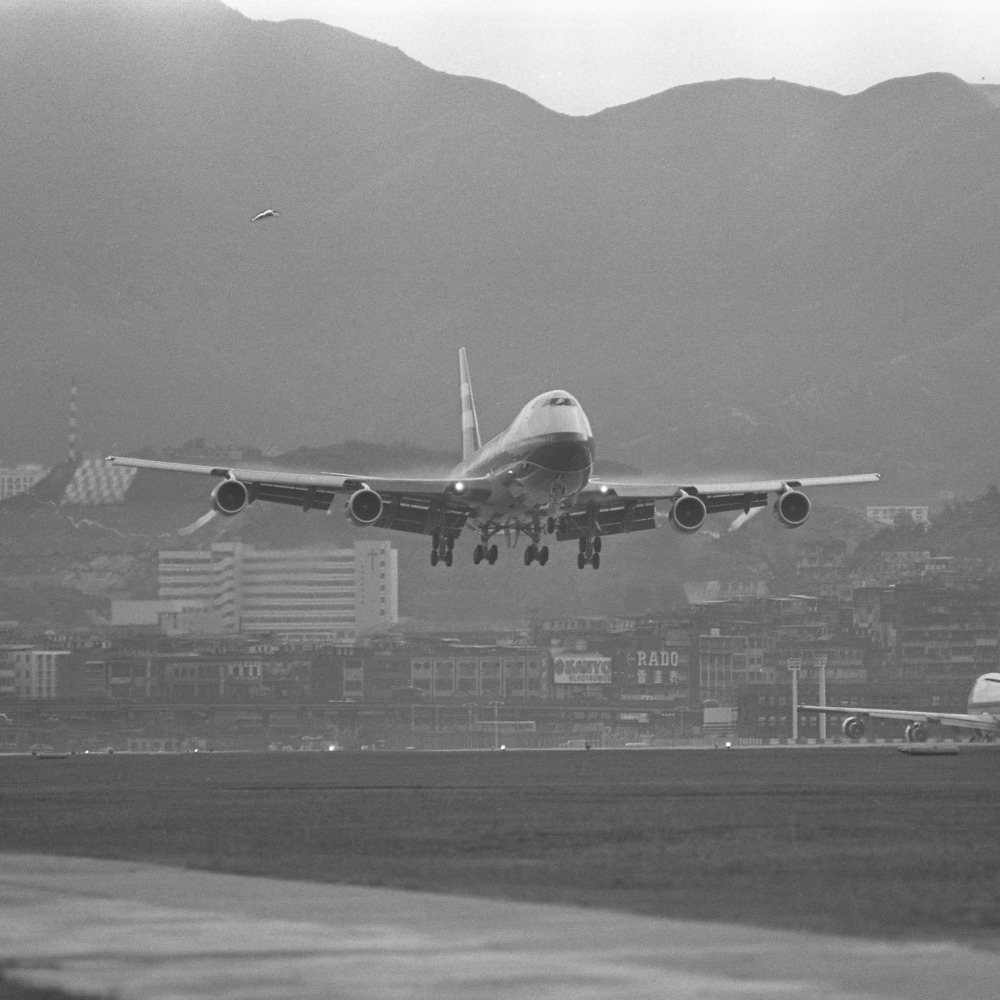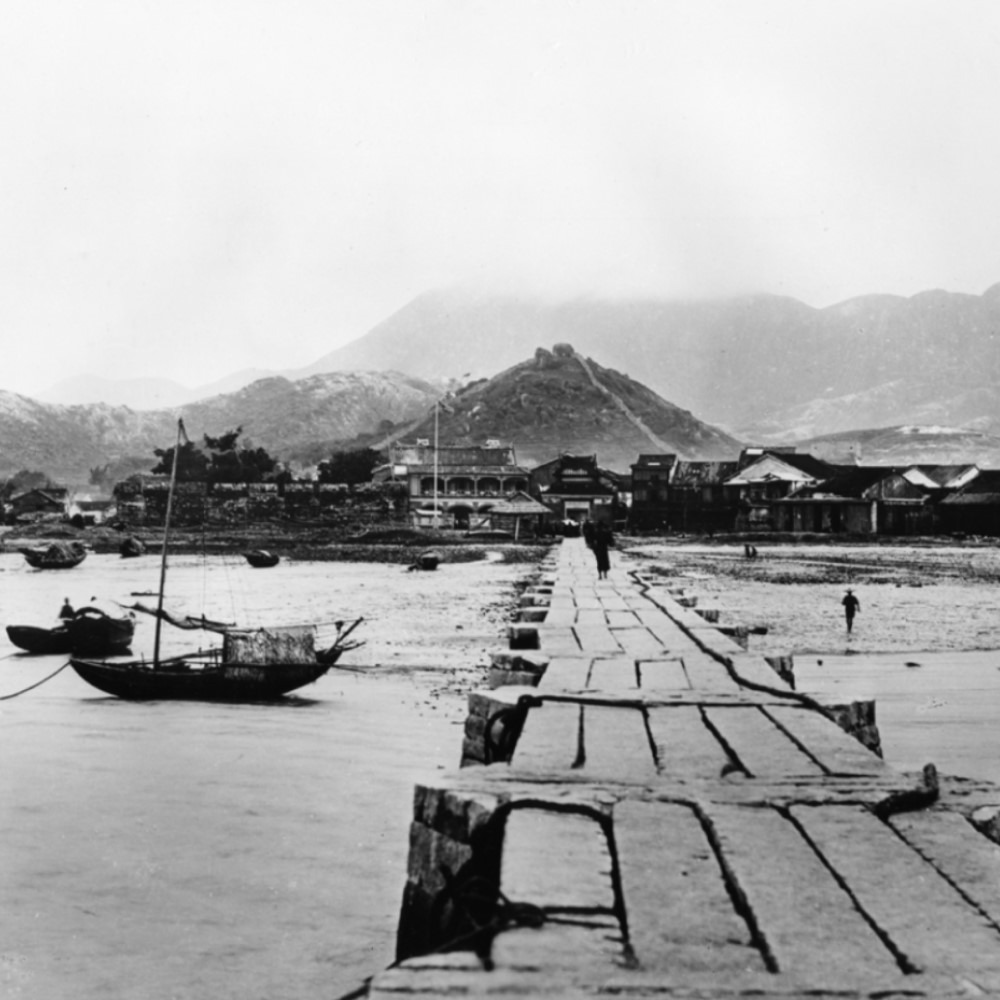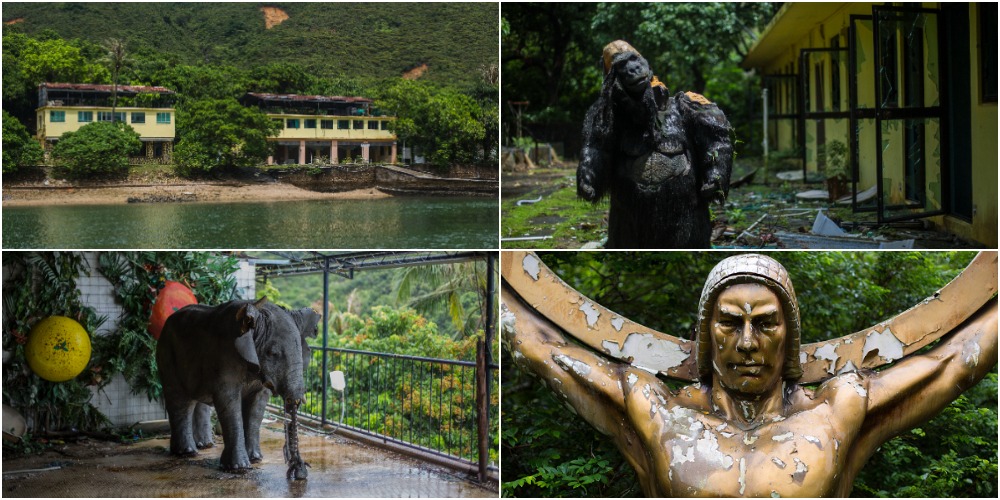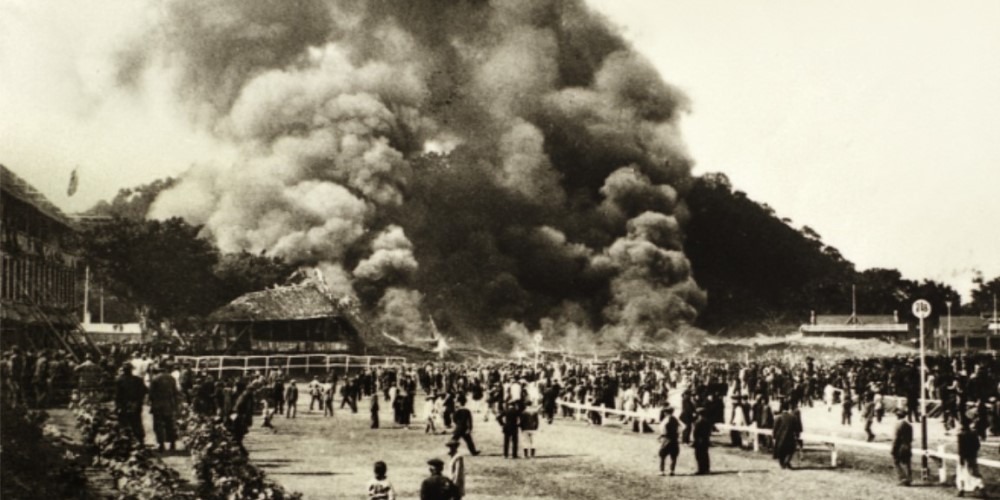Published : 2023-04-05
In the past, during the tomb-sweeping time of Ching Ming Festival and Chung Yeung Festival, there was a railway that was especially crowded——the Wo Hop Shek Branch of Kowloon-Canton Railway (KCR).
However, with the development of new towns in the North District of Hong Kong, this line disappeared in the 1980s. With Ching Ming Festival approaching now, let's introduce the story of this railway.
Wo Hop Shek Branch Line was built due to a cemetery?
Fanling Wo Hop Shek Cemetery is the largest cemetery in Hong Kong.
At the beginning of the 20th century, the British Hong Kong government, due to population growth and severe shortage of burial grounds, began to plan the construction of the Wo Hop Shek Cemetery in 1940.
The Wo Hop Shek Branch of the Kowloon-Canton Railway was built under this premise.
Nowadays, there are many funeral parlors in the Hung Hom area, which are actually related to the Wo Hop Shek Cemetery.
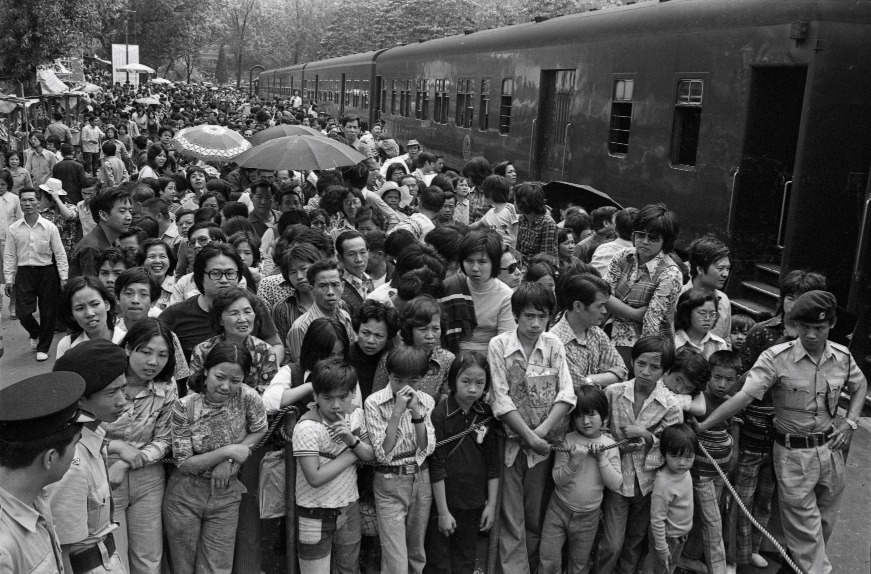
Transportation was inconvenient in the past, and Wo Hop Shek was far from the urban area.
To facilitate the public's farewell to the deceased, the British Hong Kong government allocated land in Hung Hom for the construction of the "Farewell Pavilion" Funeral Hall, allowing the public to pay respect to their ancestors, hold farewell ceremonies, and then use the so-called "coffin" special train of the Kowloon-Canton Railway to carry the coffin to Wo Hop Shek Cemetery for burial.
It was precisely because of the establishment of the "Farewell Pavilion" that Hung Hom gradually became a concentrated place for funeral parlors, and also gathered many funeral related shops such as longevity shops and flower shops.
Read more: Old photos of Lo Wu See the evolution of hometown customs
The Wo Hop Shek Branch line is 950 metres long

Affected by the Second World War, the Wo Hop Shek Cemetery was not opened until 1950. To cope with the construction of the cemetery, the Wo Hop Shek Branch Line of Kowloon-Canton Railway was built in 1949 and opened in 1950.
Where is the Wo Hop Shek Branch Line located?
This line is actually between the Tai Po Market Station and Fanling Station of the East Rail Line, and the main track is 950 metres long.
In the past, the special train would enter the Wo Hop Shek Branch Line after passing the Tai Po Market Station, and its terminal station was located in today's Wah Ming Estate.
The branch line mainly transported the coffin to and from the cemetery, and carried filial sons and virtuous grandchildren to tomb-sweeping during Ching Ming Festival and Chung Yeung Festival.
Read more: Guangzhou–Kowloon Through Train resumed after a 30-year interruption

Urban legends about the Wo Hop Shek Branch Line
According to the newspapers reports in 1950, the ticket price of the Wo Hop Shek Branch, travelling from Kowloon Station (the old train station where the Tsim Sha Tsui Clock Tower is located), ranged from HKD 2 to 4, and the charge for transporting coffins was HKD150 per piece.
Since the Wo Hop Shek Cemetery was first used to bury unclaimed bodies after World War II, there are many ghost rumors.
Some said that the train carrying the dead bodies during the Japanese Occupation would shake particularly badly or even throw the bodies out of the train, which would be run over by the following trains.
There were even rumors that screams were often heard on the Wo Hop Shek Branch, and some even saw residual limbs walking on the track...
Therefore, many citizens would sprinkle joss paper money along the railway, praying for the peace of the deceased.
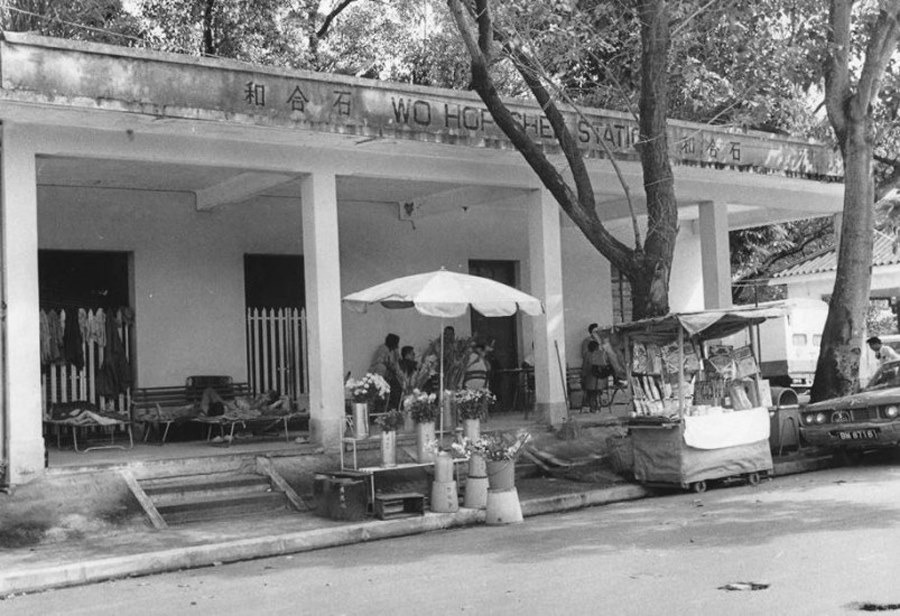
The Wo Hop Shek Branch Line decommissioned in 1983
With the completion of the Fanling Section of Tai Po Road in the 1960s, more and more people chose to transport the coffin by hearse, so the Kowloon-Canton Railway discontinued the coffin transport service in 1968.
The service was only opened twice a year during Ching Ming Festival and Chung Yeung Festival, arranging special trains to carry tomb-sweepers to the cemetery.
By 1983, the entire Kowloon-Canton Railway was electrified. The Wo Hop Shek Branch Line ceased operation, and even the stations were demolished.
The area along the route was developed into Fanling / Sheung Shui New Town, including residential properties of Wah Sum Estate, Wah Ming Estate and Dawning Views, etc.
The entire Wo Hop Shek Branch Line officially disappeared from the public view.
Read more: The "Yellow Head" train has been in many Hong Kong movies









